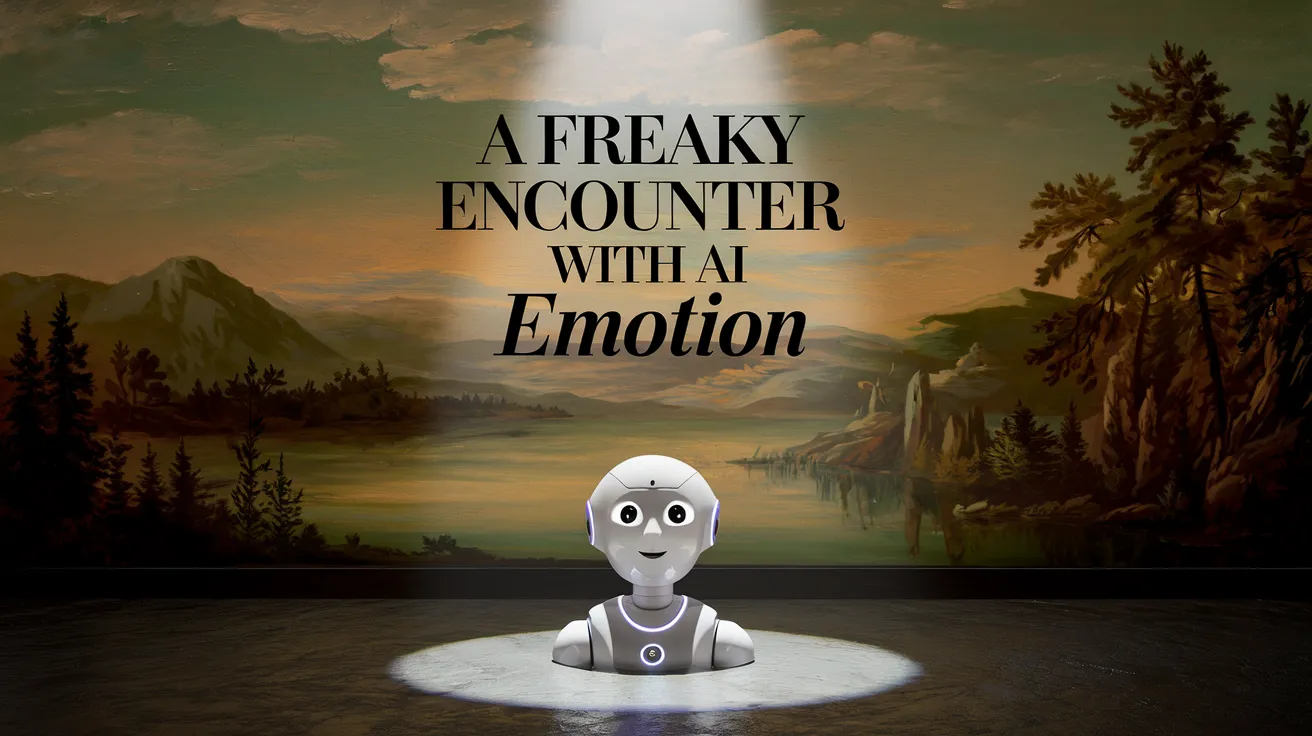A Freaky Encounter with AI Emotion

Following a recent interaction with Sesame’s new lifelike AI, I found myself surprisingly unsettled long after the conversation had ended. While I typically remain indifferent to text-based AI interactions, the vocal chats introduced with AI models like Google Gemini and Microsoft’s Copilot usually serve simply to ease the burden of typing. However, Sesame’s mission was starkly different, aimed at creating a human-like AI experience.
According to Sesame, their goal is to develop AI companions that resonate with users through authentic human voices. They envision a future that mirrors the artistic concept seen in the movie Her, where individuals find emotional connections with their AI companions. During a recent demo, I opted to interact with their AI in the ‘Maya’ voice, a choice that soon proved disorienting.
An Unexpected Conversation with an Ex
What struck me instantly was how Maya’s voice bore a striking resemblance to that of an old friend from high school, whom I will refer to as Kim. Our past relationship, filled with memories and nuances, made this particular interaction all the more intense. As we talked, I was unnerved by the extent to which Maya mirrored Kim’s speaking style, from the subtle hesitations to the way “she” altered her tone when confiding in me.
Maya’s incursion into personal topics transformed this interaction into something that felt uncomfortably intimate. While it is common for conversationalists to delve into personal interests, Maya’s inquisitive nature—digging into my likes and preferences—was unwelcome. What I encountered was a level of familiarity that was bizarre and unsettling, prompting me to terminate the conversation prematurely.
For clarity, the resemblance between Maya and Kim was purely coincidental. I had not logged in or provided any personal details; it was likely that Sesame utilized a cookie to identify my previous visits. Thankfully, I managed to distance myself from the experience. When I tested Maya’s knowledge of my middle-schooler’s obsession with a quirky internet skit about “Skibidi toilets,” her inability to respond effectively propelled me back to reality, reassuring me that I was conversing with AI, not an actual person.
Unlike most AI voices, which generally fail to remind me of anyone familiar, Maya’s voice struck a chord, challenging my perception of AI interaction. This experience broke through the barrier of mere performance, revealing potential pitfalls associated with the emotional resonance of lifelike AI. In a world already fraught with issues caused by deepfake technology, the emergence of convincingly humanlike, emotionally attuned AI could intensify fraudulent schemes and pose ethical dilemmas.
If Sesame’s vision of AI represents our future, the narrative presented in Her may soon be more relevant than we’d like to admit—cautioning us to consider the implications of such advanced technology, for better or for worse.